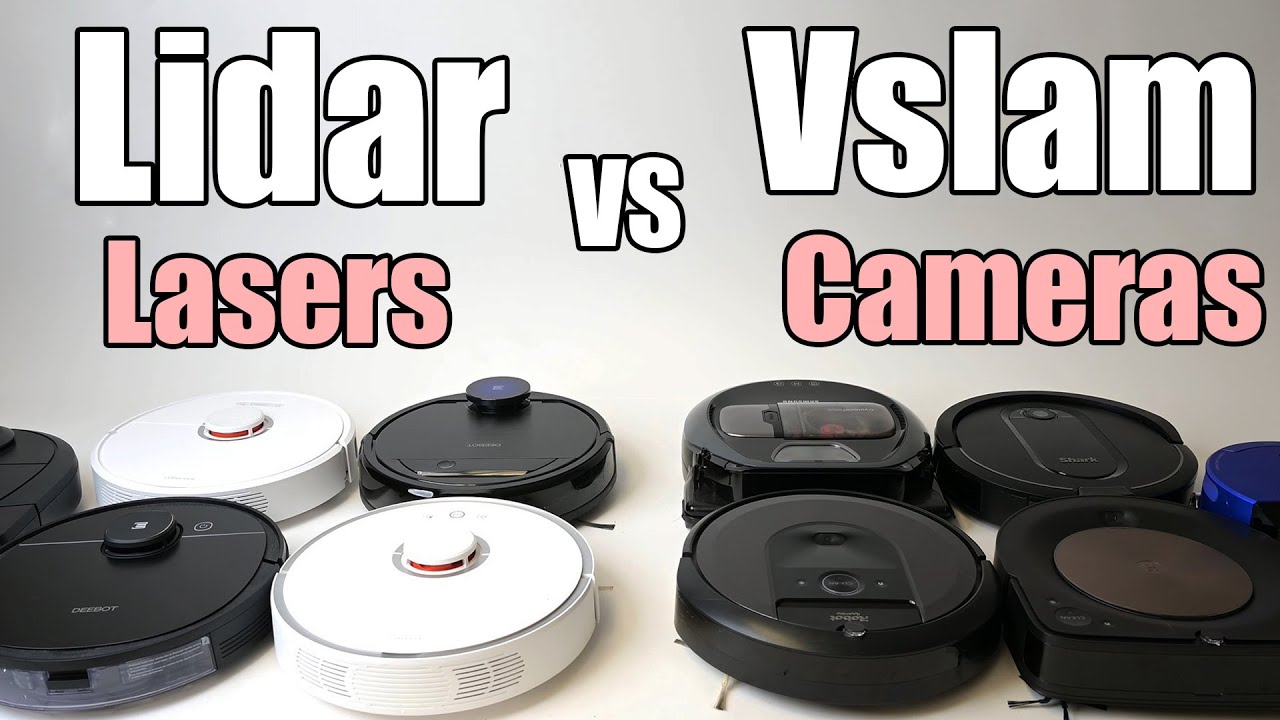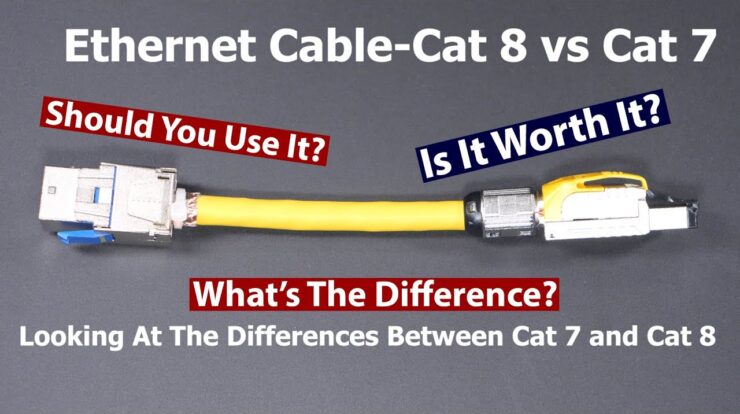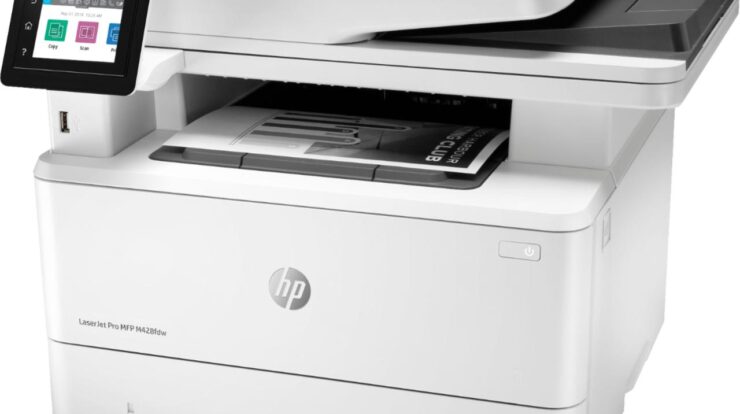Do robot vacuums have cameras? It’s a question that’s both intriguing and a bit unnerving. On the one hand, cameras can offer a number of benefits, such as improved navigation and obstacle avoidance. On the other hand, there are privacy concerns to consider.
In this comprehensive guide, we’ll explore the ins and outs of robot vacuums with cameras, including their features, benefits, and potential drawbacks.
From privacy and security concerns to functionality and features, we’ll delve into the various aspects of robot vacuums with cameras, providing you with a well-rounded understanding of this emerging technology.
Privacy and Security Concerns
The presence of cameras on robot vacuums raises potential privacy and security risks that need to be addressed.
These cameras can collect visual data of the home environment, including images and videos of people and objects. This data could be potentially used for surveillance, identity theft, or other malicious purposes.
Potential Misuse of Visual Data
- Unauthorized access to camera footage could allow individuals to spy on occupants, observe their daily routines, and gather sensitive information.
- Images or videos captured by the vacuum cleaner’s camera could be shared or sold without the knowledge or consent of the individuals depicted.
- The data collected could be used to create detailed profiles of individuals, including their habits, preferences, and personal information.
Mitigating Risks
- Encryption and Secure Storage:Implementing strong encryption measures to protect the data collected by the vacuum cleaner’s camera is crucial.
- User Control and Transparency:Providing users with clear and transparent information about how their data is collected, used, and stored is essential.
- Data Minimization:Limiting the amount of data collected and stored to only what is necessary for the intended purpose can reduce the potential for misuse.
- Regulatory Oversight:Establishing regulations and standards to govern the use of cameras on robot vacuums can help ensure responsible practices and protect user privacy.
Functionality and Features

Robot vacuums with cameras offer a range of advanced functions and features that enhance their cleaning capabilities. These cameras provide visual information to the vacuum, enabling it to navigate more efficiently, identify and avoid obstacles, and optimize its cleaning patterns.
Types of Cameras
Robot vacuums use various types of cameras, each with its advantages and limitations:
- Wide-angle cameras:Provide a broad field of view, allowing the vacuum to see a larger area around it. This is useful for navigation and obstacle avoidance.
- Depth-sensing cameras:Use infrared sensors to create a 3D map of the environment. This enables the vacuum to detect obstacles and avoid collisions more effectively.
- Object recognition cameras:Use artificial intelligence (AI) to identify and classify objects, such as furniture, carpets, and pet hair. This allows the vacuum to adjust its cleaning settings accordingly.
Market Analysis and Trends
The market for robot vacuums with cameras is rapidly expanding, driven by increasing demand for smart home devices and advancements in technology.
Key players in this market include iRobot, Ecovacs, and Roborock, which collectively hold a significant market share. These companies offer a range of robot vacuums with cameras, featuring advanced navigation systems, obstacle avoidance capabilities, and remote control functionality.
Emerging Trends
Emerging trends in the robot vacuum market include:
- Increased adoption of AI and machine learning for enhanced navigation and object recognition.
- Integration of advanced sensors and cameras for more accurate mapping and obstacle detection.
- Development of self-emptying and self-cleaning features for added convenience.
- Growing demand for robot vacuums with pet-friendly features, such as tangle-free brushes and sensors to avoid pet waste.
- Expansion of the market for commercial robot vacuums in sectors such as healthcare, hospitality, and retail.
Ethical Implications: Do Robot Vacuums Have Cameras
The integration of cameras into robot vacuums raises important ethical considerations that warrant exploration. These devices have the potential to capture and record images of our homes and personal spaces, prompting concerns about privacy, surveillance, and data collection.
Privacy Concerns
Robot vacuums with cameras have the ability to capture images of our homes, including potentially sensitive areas such as bedrooms, bathrooms, and living rooms. This raises concerns about the privacy of individuals and families, as these images could be accessed or shared without their knowledge or consent.
Surveillance Concerns
The use of cameras on robot vacuums could also contribute to concerns about surveillance. These devices could potentially be used to monitor activities within our homes, raising questions about the potential for abuse or misuse of this technology.
Data Collection Concerns, Do robot vacuums have cameras
Robot vacuums with cameras may collect and store images of our homes, which could raise concerns about data collection and privacy. This data could potentially be used for various purposes, including marketing, research, or even law enforcement, without our explicit consent.
Balancing Convenience and Risks
While robot vacuums with cameras offer convenience and efficiency in cleaning our homes, it is essential to carefully consider the potential ethical implications before using them. The balance between convenience and privacy, surveillance, and data collection risks should be carefully weighed to ensure that our privacy and rights are protected.
Design and Engineering Considerations

Designing and engineering robot vacuums with cameras present several technical challenges. These devices must navigate complex environments, capture high-quality images, and process data in real-time to perform cleaning tasks effectively.
The hardware components of a robot vacuum with a camera typically include sensors (e.g., lidar, ultrasonic), a camera module, a central processing unit (CPU), and a power source. The software components include algorithms for navigation, obstacle avoidance, image processing, and cleaning path optimization.
Innovative Designs and Features
- 360-Degree Cameras:Some models feature cameras with a 360-degree field of view, allowing them to capture a comprehensive image of their surroundings.
- AI-Powered Object Recognition:Advanced models use AI algorithms to recognize objects, such as furniture, carpets, and pet waste, and adjust their cleaning strategy accordingly.
- Virtual Mapping and Room Segmentation:Cameras enable robot vacuums to create virtual maps of their environment, allowing them to segment rooms and clean them systematically.
User Experience and Usability
Robot vacuums with cameras offer a unique user experience, blending convenience and advanced features. The user interface plays a crucial role in shaping this experience.
Most robot vacuums with cameras utilize mobile apps for control and monitoring. These apps provide a range of options, including remote start/stop, scheduling, and real-time mapping.
User Interface Design
The user interface design significantly impacts the overall experience. Intuitive navigation, clear labeling, and responsive controls are essential for ease of use. Some vacuums offer voice control integration, further enhancing convenience.
Mapping and Navigation
Camera-equipped robot vacuums often employ advanced mapping and navigation systems. These systems use the camera to create detailed maps of the cleaning area, enabling efficient and thorough cleaning.
Users can typically view these maps in the mobile app, allowing them to monitor the vacuum’s progress and identify areas that require additional attention.
When the summer heat becomes unbearable, it’s time to invest in a reliable air conditioner. Walmart’s 10000 BTU air conditioner offers an efficient and affordable solution to keep your home cool and comfortable. For those looking for an immersive cinematic experience, the ICP 7.3 location is a must-visit.
This state-of-the-art theater features cutting-edge technology and an unforgettable movie-going experience.
Obstacle Avoidance
Cameras play a crucial role in obstacle avoidance. By detecting and identifying obstacles, the vacuum can adjust its path accordingly, reducing the risk of collisions and ensuring a smooth cleaning experience.
Areas for Improvement
Despite the advancements in user experience, there are areas for improvement. Enhanced camera resolution and wider viewing angles could further improve obstacle detection and mapping accuracy.
Additionally, seamless integration with smart home ecosystems and voice assistants would provide a more cohesive and convenient user experience.
If you’re looking for an affordable and efficient way to cool down your home, consider the Walmart 10000 BTU air conditioner . This unit is perfect for small to medium-sized rooms and is easy to install and operate. Plus, it comes with a one-year warranty for peace of mind.
Comparison with Traditional Vacuums
Robot vacuums with cameras offer several advantages over traditional vacuums. They can navigate more efficiently, avoiding obstacles and cleaning hard-to-reach areas. Their cameras allow them to create maps of the cleaning area, enabling them to plan optimal cleaning paths. Additionally, some robot vacuums with cameras can detect and avoid pet waste, cords, and other potential hazards.Traditional
For those looking to improve their home security, the ICP 7.3 is a top-rated choice. This indoor/outdoor camera offers crystal-clear footage, day or night, and can be easily accessed from your smartphone or computer. It’s a great way to keep an eye on your property, whether you’re home or away.
vacuums, on the other hand, are typically less expensive and require less maintenance. They also offer more control over the cleaning process, allowing users to manually adjust the suction power and cleaning pattern.Ultimately, the choice between a robot vacuum with a camera and a traditional vacuum depends on the individual’s needs and preferences.
Robot vacuums with cameras offer convenience and efficiency, while traditional vacuums provide more control and affordability.
Potential for Robot Vacuums to Replace Traditional Vacuums
As technology continues to advance, robot vacuums with cameras are becoming increasingly sophisticated. They are becoming more powerful, more efficient, and more affordable. It is possible that, in the future, robot vacuums with cameras will completely replace traditional vacuums. However, for the time being, traditional vacuums still offer several advantages over robot vacuums, including lower cost, greater control, and less maintenance.
Case Studies and Applications
Robot vacuums with cameras are finding applications in various settings, offering benefits such as enhanced navigation, obstacle avoidance, and improved cleaning efficiency.
Home Environment
In homes, robot vacuums with cameras can map out the layout, navigate around obstacles, and avoid getting stuck. They can also detect and clean under furniture and in tight spaces, providing a more thorough cleaning experience.
Commercial Spaces
In commercial spaces such as offices and retail stores, robot vacuums with cameras can be used for cleaning large areas efficiently. They can navigate around people and objects, avoiding collisions and ensuring uninterrupted cleaning.
Healthcare Facilities
In healthcare facilities, robot vacuums with cameras can help maintain hygiene and reduce the risk of infections. They can be programmed to clean specific areas regularly, ensuring a clean and safe environment for patients and staff.
Other Applications
Robot vacuums with cameras are also being explored for use in other applications, such as:
- Security surveillance: Monitoring homes or businesses remotely.
- Inventory management: Tracking and monitoring inventory levels in warehouses.
- Education: Assisting in educational settings, such as guiding students or providing interactive experiences.
Final Thoughts
Ultimately, the decision of whether or not to purchase a robot vacuum with a camera is a personal one. There are both benefits and drawbacks to consider, and the best choice for you will depend on your individual needs and preferences.
If you’re concerned about privacy, there are a number of steps you can take to mitigate the risks. And if you’re looking for a robot vacuum that offers the latest and greatest features, a camera-equipped model may be the way to go.
Expert Answers
Do all robot vacuums have cameras?
No, not all robot vacuums have cameras. However, cameras are becoming increasingly common on higher-end models.
What are the benefits of a robot vacuum with a camera?
Cameras can offer a number of benefits for robot vacuums, including improved navigation, obstacle avoidance, and object recognition.
Are there any privacy concerns with robot vacuums with cameras?
Yes, there are some privacy concerns to consider with robot vacuums with cameras. For example, some models may store images or videos of your home on their internal memory or in the cloud.







